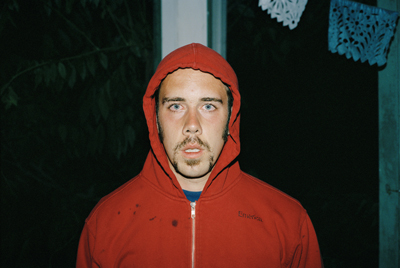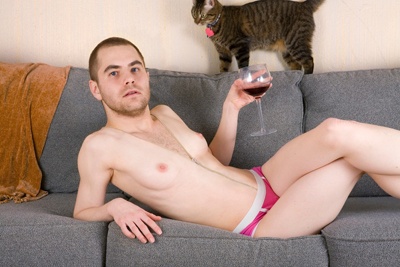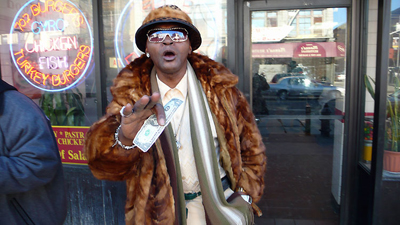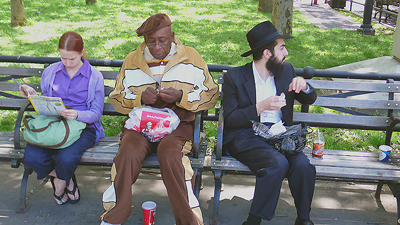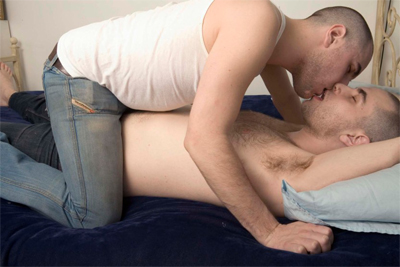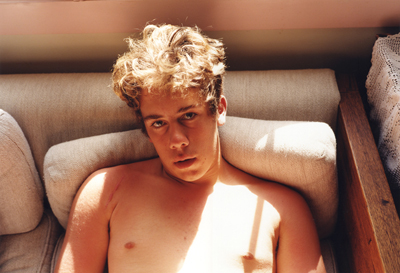





|
|
|
|
|||||
Your face, your race, the way that you walk.
|
|
Roland Barthes discusses the photograph and its ‘punctum’. Looking through photographs of his late mother in an attempt to seek a meaningful connection, he realizes the inadequacy of photography to properly document memories; their specifics and peculiarities. He eventually feels satiated by the unique and surprising significance to him of an image of his mother as a child (obviously taken at a time when he couldn’t possibly have known her).
The nub of this exhibition is to question the extent to which photographs are an imprint of reality, and how much they resemble other art forms in their interpretation of the world and their meaning to us; how these works communicate. It is as if the ‘punctum’ epitomizes something that lies beyond what we know, what is familiar; possessing profound glimpses of truth. Experiencing this is always going to be subjective – but subjectivity is crucial to the interpretation of every image (personally connected to us or not). It is when we drift free of the constraints imposed by the impossible task of grasping what is real about a photograph (an activity based on a range of complexities such as the subject, the photographer and his/her intentions, when, where and how it was taken) towards imaginations, fantasies and concoctions (triggered by the image) that we truly are satisfied with a photograph and its impression on our lives. ‘Hello My Name is Roy’ is the result of an 8 year collaboration with ‘Roy’. Neil Drabble states that this work ‘…could be viewed solely as a documentary-style portrait of a young boy approaching manhood. However, by photographing someone else repeatedly and intimately over many years, a sense of mirroring begins to emerge, reflecting something of one’s own adolescent self. In this sense these photographs could also be considered self-portraits.’ Sontag raises the notion that photographs are a way of ‘imprisoning reality, making the memory stand still’. The question is, if a reality has been imprisoned, and a memory has been frozen, who do they belong to? This work is not an objective record of Roy’s early life; the artist’s interventions are too evident. Choices and decisions made when taking the pictures, as well as those made during the process through which they eventually become presented to others, suggest that memories of what really happened are potentially the sub-plot and that the ‘reality’ depicted is entirely of the artist’s making. If, as Barthes states, ‘Every photograph is a certificate of presence’ it is interesting to note that the artist’s ‘presence’ is as significant, if not more significant than Roy’s (the supposed subject). The artist recognises this significance as autobiographical; he is re-living his own adolescence and even inviting us to do likewise – consequently a sense of knowing pervades the installation, contrasting with the innocent and carefree behaviour of Roy......“If only I had known then, what I know now...... “. Photographs are often seen as evidence of what no longer exists, and we realise we are looking at something lost, something gone; because of that it seems all the more compelling. Sean Fader overrides any nod to an established reality that we might recognise; he creates his own reality, with its own rules. He doesn’t present us with a dilemma of authorship; he makes himself the subject of his work. By turning other peoples’ naked bodies into zipped flesh suits that he then ‘wears’, and by creating his own image in interaction with itself, he establishes himself at the centre of every photograph. There is no anxiety to retrieve a “vanishing connectedness” with reality, instead there is a dedicated move to ‘self - actualise’ through the medium of photography. The digital manipulation in this work has to be convincing in order to exploit the confidence and reassurance we usually feel when looking at a photograph. It is only after a moment that we realise the ‘trick’ and we are transported to a new examination of not just the work, but fundamentally, the artist. Some see these pieces as unsettling, but we find them spirited and full of joy. Sontag believed that via photographs, we can experience a world that we can only dream of. ‘Through the camera people become customers or tourists of reality’. It could be argued that this kind of second hand experience desensitizes us to the real thing; that we are not getting the best deal in our lives. Oskar Slowinski’s photographs do more than provide an imprint of reality or a snapshot of something that existed or happened; he photographs everyday people and places but provides us with a moment of perception that exceeds the boundaries of the everyday. The images present themselves as a singular force as we resort to fantasy, imagination and concoction to achieve the ‘punctum’.
For more information about this exhibition please contact: VINEspace soon changes to VINEspace |
|
|
